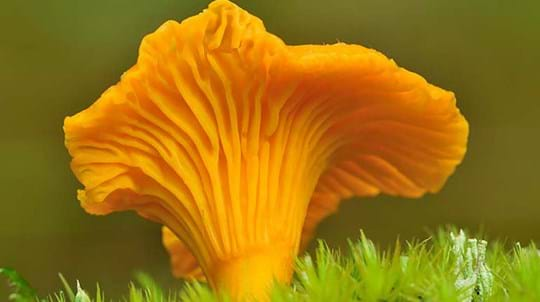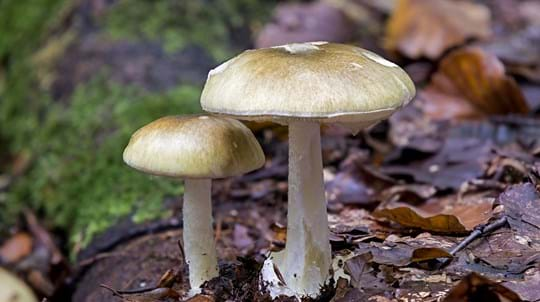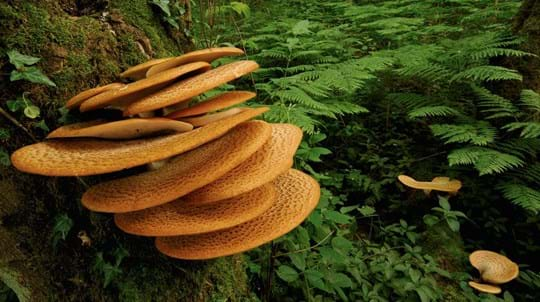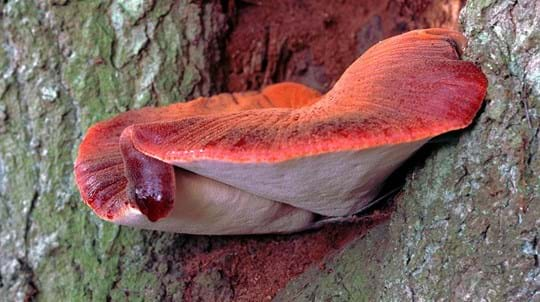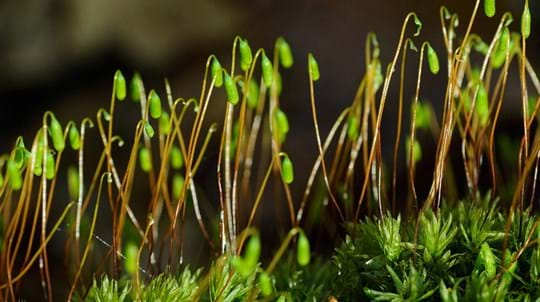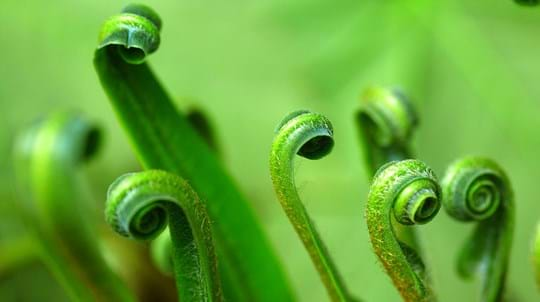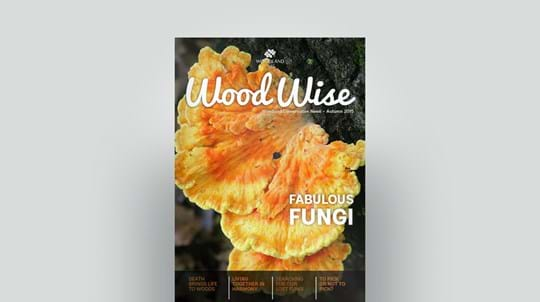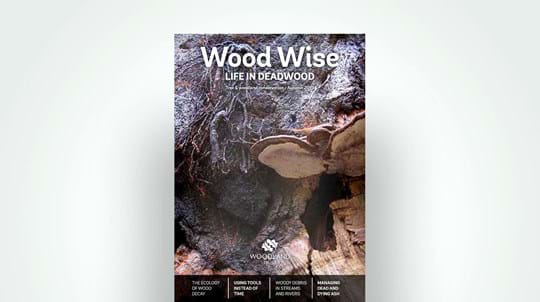
Credit: imageBROKER / Alamy Stock Photo
Where to find collared earthstar
It is fairly common in England and is also found in Wales, Northern Ireland and central Scotland, particularly in East Lothian. You’re most likely to see one in woods with deciduous, hardwood trees, especially those with lots of leaf litter. They like woods with beech on chalky soils in the south. They can be found under coniferous trees or even on sand dunes, in scrub and along roadside hedgerows, especially on sloping ground.






